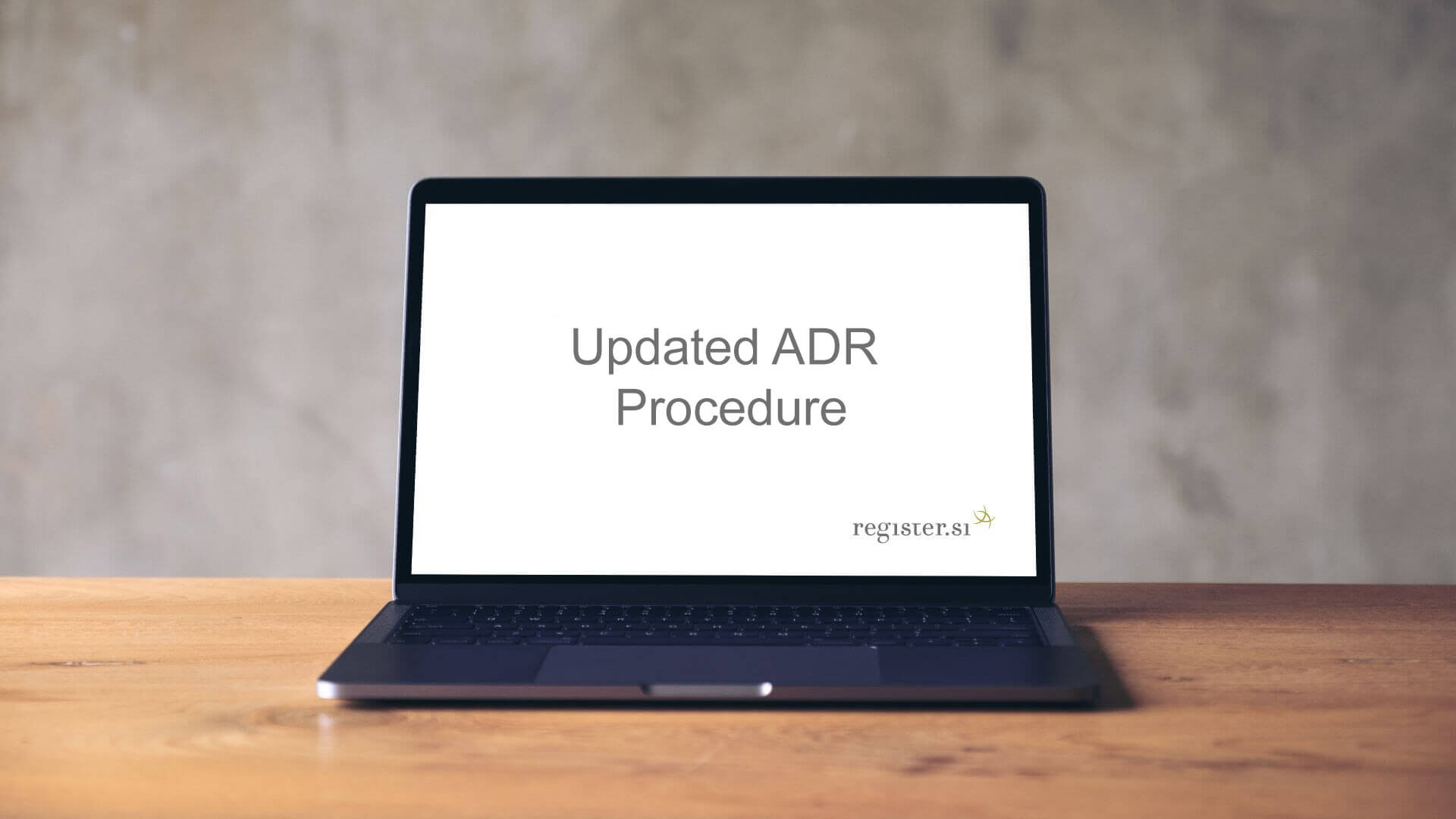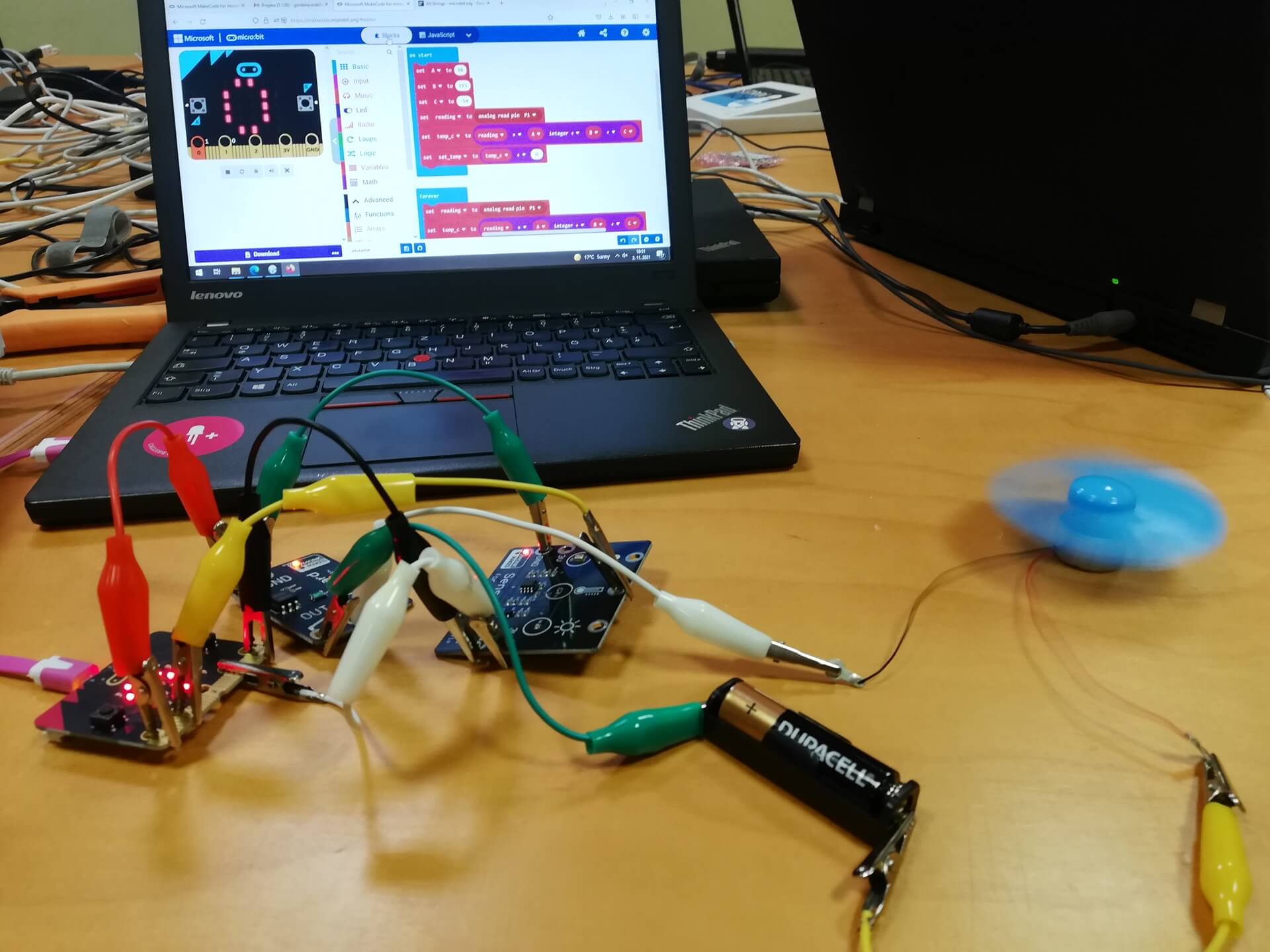Domain holder data of the .si top-level domains needs to be accurate, complete and current
Domain holder under the .si top-level domain is obliged – in accordance with the General Terms and Conditions (GTC) for registration of domain names under the .si top-level domain – to ensure that the registration data is always accurate, complete and current, that the contact email is valid and that the domain holder has exclusive and direct access to it.
Despite that, we at Registry in practice often witness the following problematic situations:
- Domain name holder data is accurate, yet the contact email address belongs to the registrar, web developer, or hosting provider.
- Someone else is cited as the domain holder (Registrar, web developer, hosting provider …).
- The data is inaccurate or incomplete, the email address is not valid.
In accordance with the GTC, the domain name holder is in a contractual relationship with Registry and the email address specified on the domain registration form is the official channel of communication between Registry and the domain name holder.
If the domain name holder does not have access to the listed contact email address, the domain may be transferred from one registrar to another or even to another domain name holder without the initial domain holders’ knowledge.
Incomplete domain holder data can, in accordance with the GTC, result in domain name deletion, since incomplete domain holder data is in obvious breach of the GTC.
Under the GTC, it is the responsibility of the domain name holder under .si that the domain name is not in breach of the law or public order or moral. In case of breach of contract, the competent authorities ask the Registry to provide the data regarding the domain holder of a problematic domain name, or they check the data via the WhoIs service by themself. If the registrar, web page hosting provider or a third party is listed as the domain name holder, they must be aware, that this also means taking upon themselves the domain name holder’s obligations.
Complications, related to domain name disputes
In cooperation with legal experts, Registry has prepared a Procedure for Alternative (Domain Name) Dispute Resolution (ADR). All domain name holders, registrars, and Registry are bound by it. In case of a dispute, the domain name holder is notified of it via a valid contact email address, with dispute documentation attached to the notification. The domain name holder is also sent a letter of notification regarding the complaint in question by the Registry to the postal address the domain name holder has provided during domain name registration. The content of the complaint is not attached when the domain holder is informed via snail mail. If the email address is inaccurate in this case, the domain name holder will not be notified of a complaint being filed, and will not be able to respond to it and thus an arbiter, appointed to rule on the substance of a dispute, will most probably rule in favor of the appellant.
A Registry is not authorized to rule on accuracy of data provided
The most common dispute, we at Registry encounter, is the one between an actor who commissioned domain name registration and the actor listed as the domain name holder within the Registry database. When a disagreement arises between these two actors, (may it be business-related or of some other nature), the domain name “user”, whose entire business performance may depend upon the domain name, finds himself in a situation, where he is unable to renew the domain name without the compliance of an actor, listed as the domain name holder. In the same way, the “user” is unable to change the nameservers or he loses all the power of disposal with the domain name.
In such circumstances, Registry is not authorized to rule on who is entitled to the domain name. According to the GTC the domain name holder is the entity, listed in the Registry database.
Thus, we cannot stress this enough: It is in domain name holders’ best interest to make sure, their domain name data is accurate, complete, and current, while the contact email address is valid, and that they have exclusive and direct access to it.




